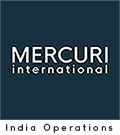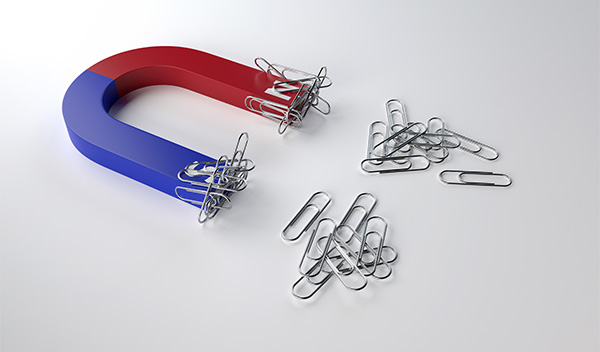Rebuy Situations
Some B2B industries have Customers buying one-off only. Other B2B industries have a Customer buying continuously. The title question of this article applies to the latter. Further, if the Customer purchase is very large (currently or potentially) it calls for Key Account Management and that is a different topic than this article.
There are many firms wherein each Customer may account for say 3% to 5% of total sales for each given salesperson and typically each of these Customers works with one year time horizon splitting the total purchase between suppliers. Average figure of such Customers per salesperson is about 10, which could be more in case Customers are much smaller. In such cases main thing is to defend today’s volume from buying Customers, ensure no loss of Customers and inch towards better share with each Customer.
Sales and Service Contribution
It is true that both sales and service quality of a firm decide how inclined the Customer would be for rebuying from his existing supplier. Generally, purchasers do not switch to other supplier immediately upon one service failure.
Salespeople on the other hand have to strategize and fight for rebuy share with each Customer. This is a matter of looking for increase in impact of sales strategy with respect to 4 key aspects.
Four key aspects for increasing impact of strategic sales work
Key Account Management (which is not the subject of this article) also deals with these four aspects but there are many more things to do in Key Account Management. Here we are concerned with medium sized Customers per salesperson to strategize with each in sufficient detail and defend/ improve own share. Four things to do are
- Knowing and analysing our present status with a Customer – on 5 to 8 parameters.
- Knowing and analysing our present way of working with a Customer – in 5 to 8 areas.
- Deciding strategic result objectives as also strategic effort objectives for each Customer. Planning horizon – 3 to 6 months.
- Deciding competitive tactics
Here is a framework that captures how all of these elements come together:
Given below are a ready-made bank of options in putting these elements to work. Done diligently, these action options are sure to get your existing Customers come back to you in enough numbers.
Knowing and analyzing our present status with each Customer
Decide 5 to 8 most important knowledge areas [E]out of following possible areas. Use that list to assess each Customer.
Knowing and analyzing our present way of working with the Customer
Decide 5 to 8 most important knowledge areas [E]out of following possible areas. Use that list to assess each Customer.
How to build and improve Strategies
There are a number of tasks that one has to carry out or coordinate on the way to reach what is being aimed at. Write out your aim well first. Articulation of aim makes it easier to select activities and decide how to carry them out. An example of an aim:- "To increase our sales value (for this Customer) to 1,000,000 per year @ 40% share for us 60% being shared by two other suppliers”.
This can lead to good strategic results to be achieved and strategic improvements to be made. Such strategy statements serve to give different activities that you can think of intuitively, a common direction.
Some general examples of strategic result objectives (milestones)
- To make the Customer start buying an x product.
- To make the Customer consider us for requirements other than what we are supplying for today.
- To make the Customer accept something in principle. E.g. importance of a quality parameter.
- To make the Customer accept desirability of certain way of working between us and his organization. E.g. who is to be informed about a change in schedule?
- To influence Customer's attitude about the area of what our product serves for him.
- To influence Customer's attitude towards our company or our technology or our competitor.
Some general examples of strategic improvement (effort) objectives
- To change the way our offer is made at present.
- To contact new people or departments at Customer's place.
- To use a method for contact not used so far- say a Seminar, a Fair, Reference visits.
- To use other resources from our side ( Managers from other functions, External specialists, Test facilities etc)
A bank of competitive tactics: - choose and adapt to your situation (Also recognize if your competitor is doing it)
- Focus on products that are easiest to offer.
- Offer a total concept technically or organizationally.
- Invitation to factory for a visit.
- Demonstrations.
- Seminars (Information meetings).
- Education and training.
- Joint technical development with Customer.
- Use other contacts to make inroads into – Purchasing/ Technical/ Top management.
- Use new products to tie up.
- Invent new applications.
- Added services (Technical advice, Financial).
- Improved services (Faster delivery, special activities).
- Focused efforts in areas of weaknesses or past failures or technical problems.
- VIP treatment.
- Give more assurance to Customer.
- Mass contact tactic (e.g. 5 people going for a visit).
- Special mailers.
- Special offers about quality e.g. free testing, extended guarantees.


















